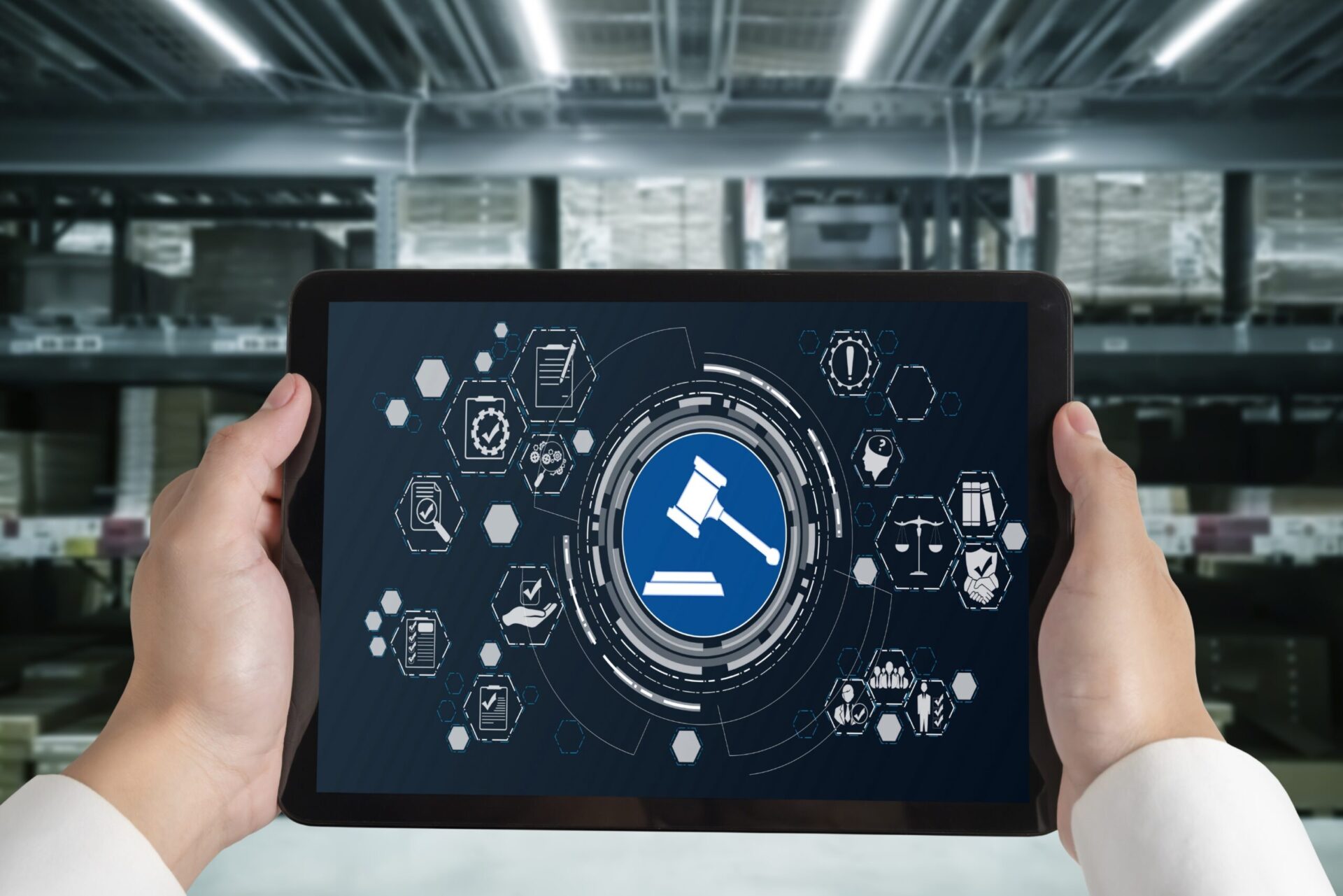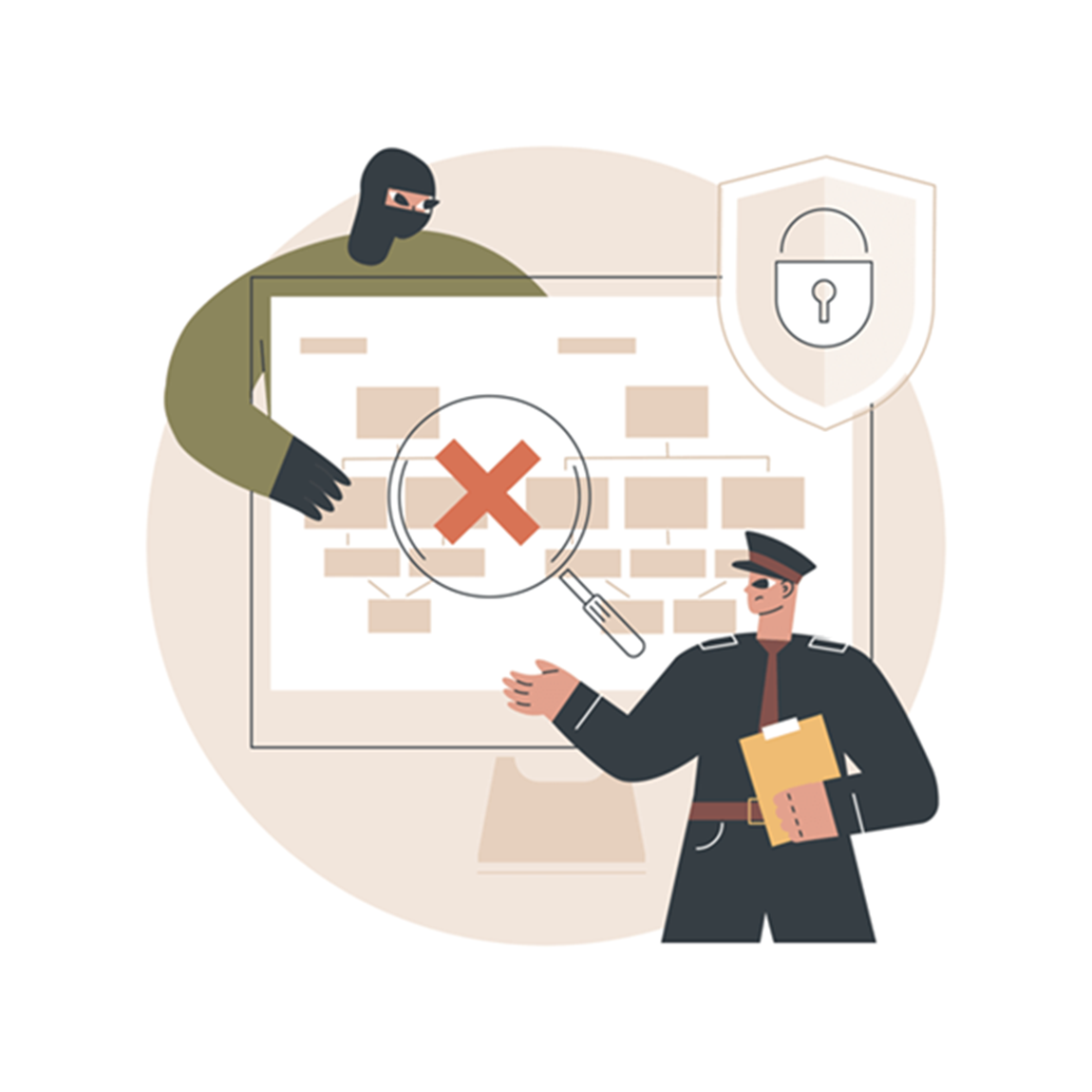Most attorneys will attest that paralegals play a vital role in the growing legal industry. From conducting investigations, preparing legal briefs, and meeting clients on behalf of lawyers, to adopting complex and changing legal technologies, the legal support staff has grown significantly more important and taken on increasing responsibilities in recent years with increasing responsibility.
Paralegal services have become essential to any legal team, creating more opportunities and job openings than ever. Recently, a poll by the US Bureau of Labor Statistics showed that more than 250,000 paralegals and paralegals work throughout the US. It is estimated that legal support services will increase by 15% over the next few years, and it is getting harder to find and hire paralegals.
How has the legal industry changed with time?
As the legal profession became more complex in the late 1960s, lawyers needed additional help to handle their workload. Lawyers began looking for experienced and talented attorneys to handle the tasks associated with solving cases.
Historically, paralegals were responsible for administrative and clerical work, which soon expanded to gathering evidence to preparing witnesses for cases; the paralegal and the paralegal’s roles have evolved from non-existent to ever-expanding.
The growing demand for paralegals has allowed universities to launch associate degree and certificate programs in paralegal training. Today, over 1,000 colleges and universities offer professional law programs ranging from one-year certifications to master’s degrees.
Approximately 250 of these professional courses are accredited by the American Bar Association. As a result, many law firms have grown in size and hired paralegals.
Until about 2005, it was commonly understood that there were two broad legal business categories:
- Low volume, high value, complex work on the one hand
- High volume, low cost, routine legal work
Law firms pursued the first category, calling them “high-end,” “big ticket,” and considered them price-insensitive. Law firm fees weren’t the decisive expense for big deals and disputes. Small legal support firms take on the second category of jobs, considered “routine” or “business as usual,” that a crowded marketplace had to offer at competitive prices.
The prevailing opinion at the time was that technology and knowledge management had a much broader scope for routine work where processes could be standardized than for high-end jobs where customers received a high-end touch of reliable service.
From 2005 onwards, however, as cost pressures on clients and law firms mounted, a new possibility emerged—that even the most complex and high-value deals and disputes could be disaggregated, broken down into parts. And most importantly, some of these components, such as document review or using cheaper labor (e.g., outsourcing or paralegal employment) or technology (at least in general), are now more mature and proven.
The common elements of more complex work are distributed to new companies (initially outsourcers of the legal process) and new entities within law firms that can do this work remotely at a low cost. On the other hand, the leading practices within law firms will continue, for the most part, as they have for decades.
How are legal services going to benefit businesses?
Over time, the role of law firms has also changed. Apart from the practice of law, they are responsible for performing legal research work on cases, processing investigations involving large volumes of documents, extracting relevant information from documents for attorneys, and providing litigation support.
Many expected functions are critical and time-consuming tasks for lawyers, but with the help of technology, legal support staff can efficiently complete all these tasks. This brings us to the next point: Technology.
Technology has transformed the role of paralegals into a strong multi-tasker with practical legal knowledge and customer service skills, but also legal technology experts. You can take advantage of this tectonic shift no matter the industry or area of law you practice.
As technology changes, legal services outsourcing has become a common practice for lawyers and law firms. It is a cost-effective solution that helps lawyers streamline their processes and get things done better, faster, and under budget. They have built-in expertise in handling paralegal matters such as litigation, contract management, and legal education.
How are legal services going to bring changes in the market?
Despite this call for change, the legal market has not responded at scale yet. In the global legal market valued at approximately US$850-900 billion, only 1.5% is served by alternative providers.
First, as noted above, traditional law firms did not face competitive pressure until they were forced to change. From this perspective, law firms were much more motivated to stand their ground than to create and manage a new uncompetitive market space. So they are more defensive than aggressive players.
Second, the lack of innovative new services is compounded because traditional legal services and traditional law firms are protected by regulation in most jurisdictions. This is perhaps most evident in the United States. The network of law firms in the United States is so vast that there can be no effective competition for non-legal professionals. Again, it is argued that the incumbent did not need to change, and the market regulates alternative providers.
The third-way law firms rely on their reputation under regulatory protection. They often complain that alternative provider innovations and new business models have yet to meet our customer’s needs fully, wants, and desires. Legislative innovation involves improving old processes and not introducing fundamentally new, fascinating, and commercially relevant services to customers.
When customers are presented with new solutions, systems, and business models that significantly reduce costs while maintaining the quality they demand, they will undoubtedly turn to these alternatives. An enlightened customer is why law firms change and are indeed their biggest threat.
Engage with iBridge LLC for a thoughtful discussion on transformation and innovation; it helps everyone.











